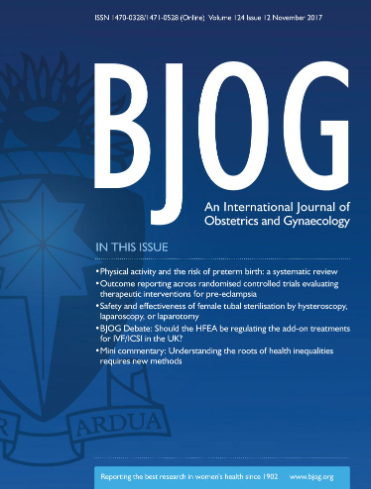Factors Contributing to Uptake of Stillbirth Evaluations: A Qualitative Analysis
Abstract
Objective
The purpose of this study was to explore individuals' beliefs, values, and experiences surrounding stillbirth evaluation decisions.
Design
Qualitative research.
Setting
University of Utah Health.
Population
Parents who experienced a stillbirth in the past 5 years (n = 19) were interviewed about their experiences and decision to consent to or decline stillbirth evaluations, such as autopsy, placental histopathology, or genetic testing.
Methods
Qualitative content analysis.
Main Outcome Measures
Barriers and facilitators to parentsstillbirth postmortem decision-making.
Results
Participants communicated several facilitators and barriers that contributed to their stillbirth evaluation decision. Reasons for consenting to evaluations were belief in science, background in medicine, altruism, to inform future pregnancies, thinking about preventing another stillbirth, and how patients viewed the care of their stillborn by the medical team. Reasons for declining evaluations were receiving a diagnosis prior to being offered a postmortem evaluation, intent to avoid causing further harm to the baby, interest to spend more time with their baby, and cost of the evaluation.
Conclusion
Stillbirth is one of the most difficult experiences of a parent. Diagnostic and emotional barriers create further challenges to decision-making for stillbirth postmortem evaluations. Parents often rely on inadequate information and personal values and beliefs during this time-sensitive decision process. Decision support for stillbirth evaluations and training for medical providers could benefit parents, may increase stillbirth evaluation uptake, and potentially prevent decisional regret.
Funding
Research reported in this publication was supported by the Utah Centre for Excellence in ELSI Research (UCEER).

 求助内容:
求助内容: 应助结果提醒方式:
应助结果提醒方式:


